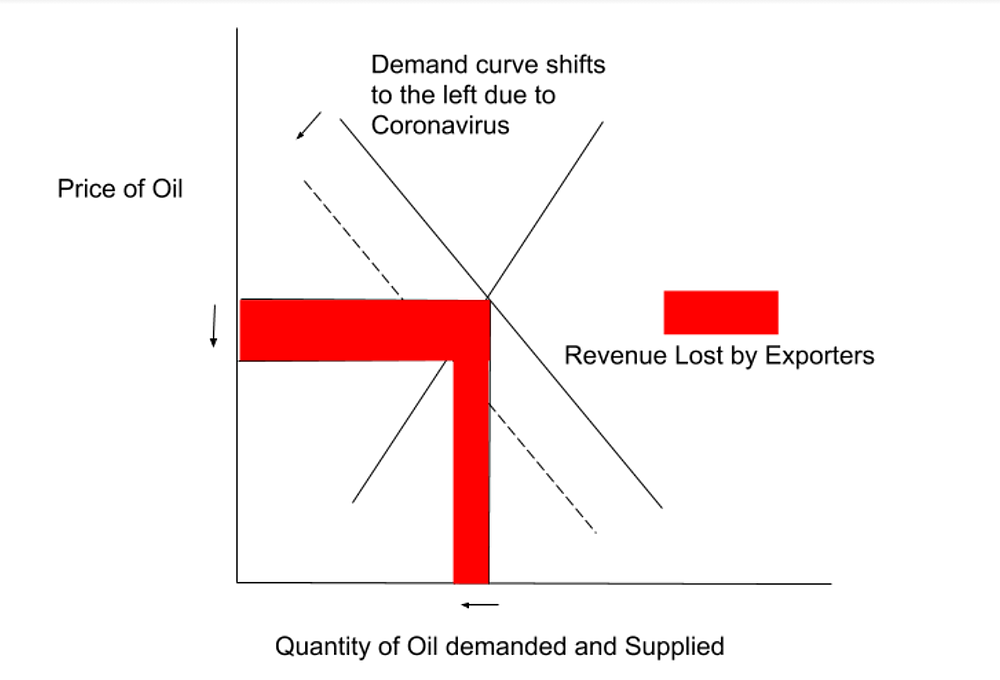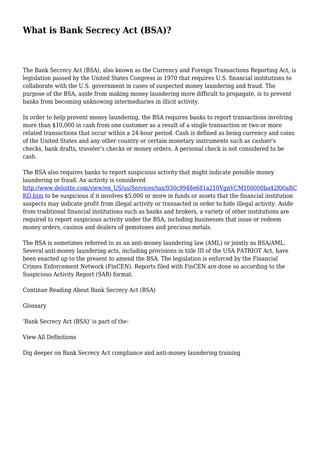Content

Fundamental concepts are introduced one at a time, in an order that is designed to be easily absorbed by your brain. Software development is so complicated that no single person understands everything, which means there is always something new to learn. So don’t worry too much about what you don’t know yet – it just takes time. The need to be able to understand and debug code –
both your own code, and code written by other developers.
Artificial intelligence and automation are two topics that he’s passionate about. Python, R, and C++ are among his programming languages of choice. Bottom-up programming is the opposite of top-down programming.
Weekly Clojure tips, software design, and a Clojure coding challenge. When you’re making a theory of your domain, you have to find stuff like
that. What is the data and what are the operations on that data?
Basic Course
Top-Down Approach is an approach to design algorithms in which a bigger problem is broken down into smaller parts. This approach is generally used by structured programming languages such as C, COBOL, FORTRAN. A bottom-up approach is the piecing together of systems to give rise to more complex systems, thus making the original systems sub-systems of the emergent system. Bottom-up processing is a type of information processing based on incoming data from the environment to form a perception.

Top-down programming focuses on the use of modules. The program is broken up into small modules so that it is easy to trace a particular segment of code in the software program. The modules at the top level are those that perform general tasks and proceed to other modules to perform a particular task. Each module is based on the functionality of its functions and procedures. In this approach, programming begins from the top level of hierarchy and progresses towards the lower levels. The implementation of modules starts with the main module.
Difference between Top-Down Approach and Bottom-Up Approach
Go back to basics, and learn precisely how your code works. Most self-directed learners take the top-down approach when they first start learning to code. They want to make something cool, straight away – maybe a 3D game, or a nice-looking interactive website. With a top-down approach, the goal is to learn by creating significant pieces of real software.
- With a top-down approach, the goal is to learn by creating significant pieces of real software.
- But that feeling of instantly being productive is what draws people in, what makes them think, “hey, maybe I can do this”.
- Hence, there is no stack overflow error or overhead of recursive procedures.
- In bottom-up approach first designing, beginning from the base level to the abstract level is done.
- It’s a chance to exercise the general programming skills you’ve learnt from the chapter.
If the bottom-up course you’re taking is structured well, you won’t be bombarded with 1000 different concepts at once. You should be presented with one new concept at a time, in an order that is easy to digest. Basic concepts come first (like values and variables), before more-complicated concepts (like functions) that build on top. The beauty of the bottom-up approach is that you learn truly general programming skills.
Bottom-up approach
At the heart of the bottom-up approach is the idea of modularization, which involves dividing a program into smaller, self-contained units that can be developed and tested independently of one another. Each module should have a well-defined interface that specifies how it interacts with other modules in the system, and it should be implemented in such a way that it can be reused in other programs what is bottom up approach in programming or projects. The bottom-up approach, as the name suggests, starts from the bottom of our structure and slowly gets to the top. To be more precise, we start by creating the smallest modules, put them together to form larger modules, and continue the process until we have our whole thing built. This approach to programming is especially useful when we already have pre-made modules at our disposal.
Affordable solution to train a team and make them project ready. Top-down model has tight coupling issues and low interactivity between various modules. Bottom-Up model have high interactivity between various modules. The advantage of Bottom-Up Model is in making decisions at very low level and to decide the re-usability of components.
Training for a Team
After programming our smaller submodules, we will group them together into the larger module. In the diagram, each level of refinement is labelled as LN. Bottom-up programming, on the other hand, differs from the top-down technique in that it concentrates on the design of an algorithm by starting at the most fundamental level and growing up as it progresses.
Yet there are really only a couple of main approaches to sailing into uncharted waters and coming out the other end alive. In this approach, bottom level modules developed first (Lower level module developed, tested and debugged). Then the next module developed, tested and debugged.
Writing
top-down code in an IDE causes it to bleed red until you can get around
to implementing those methods. There’s persistent pressure to write
the called function first. One advantage of the top-down approach is that we see the full picture at first.

The term “calling software” is often used to refer to drivers. The bottom-up strategy, which is used in situations in which the primary module is not yet available, makes use of drivers. When the higher-level modules have not yet been established, drivers are tested to ensure that the lower-level modules function properly. The Bottom-Up Approach is a kind of integration testing in which the modules at lower levels are tested first with modules at higher levels, and then the modules at higher levels themselves are tested. The implementation depends on the programming language and platform. In the top-down approach, a bigger module/problem is divided into smaller modules.
To understand the concept of information hiding, let us consider an example of a program written for ‘car’. One is to arrange modules without using information hiding. In this case, the modules can be created as ‘front part’, ‘middle part’, and ‘rear part’. On the other hand, creating modules using information hiding includes specifying names of modules such as ‘engine’ and ‘steering’. The implementation of algorithm using top-down approach depends on the programming language and platform. Top-down approach is generally used with documentation of module and debugging code.
C is structured language and the sequence of programs is from top to bottom. In a language such as C or Java, bottom-up programming takes the form
of constructing abstract data types from primitives of the language or
from existing abstract data types. In this method, fault localisation is straightforward. Time is not lost during this testing since it does not wait for all modules to be produced. This is helpful in the event that significant errors occur closer to the base of the program structure.